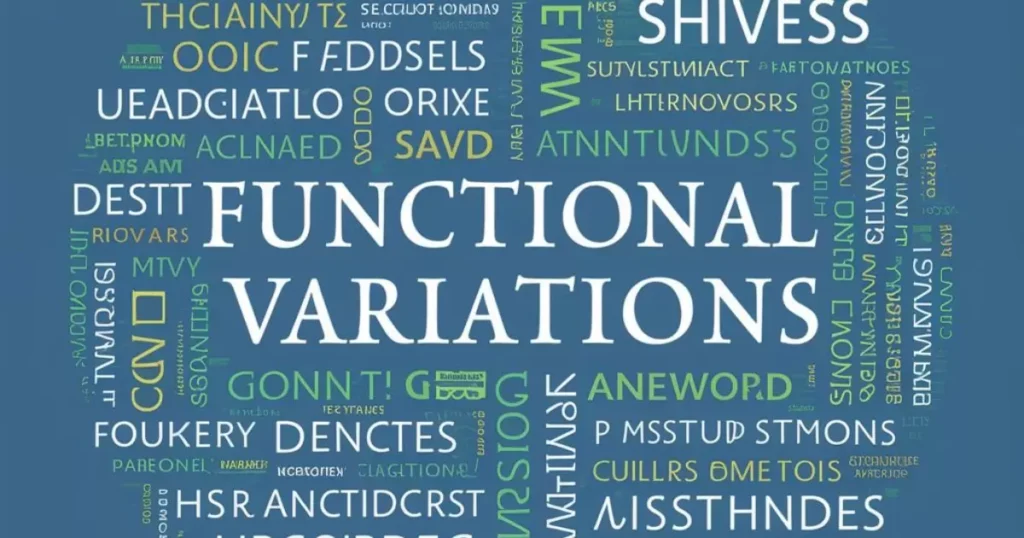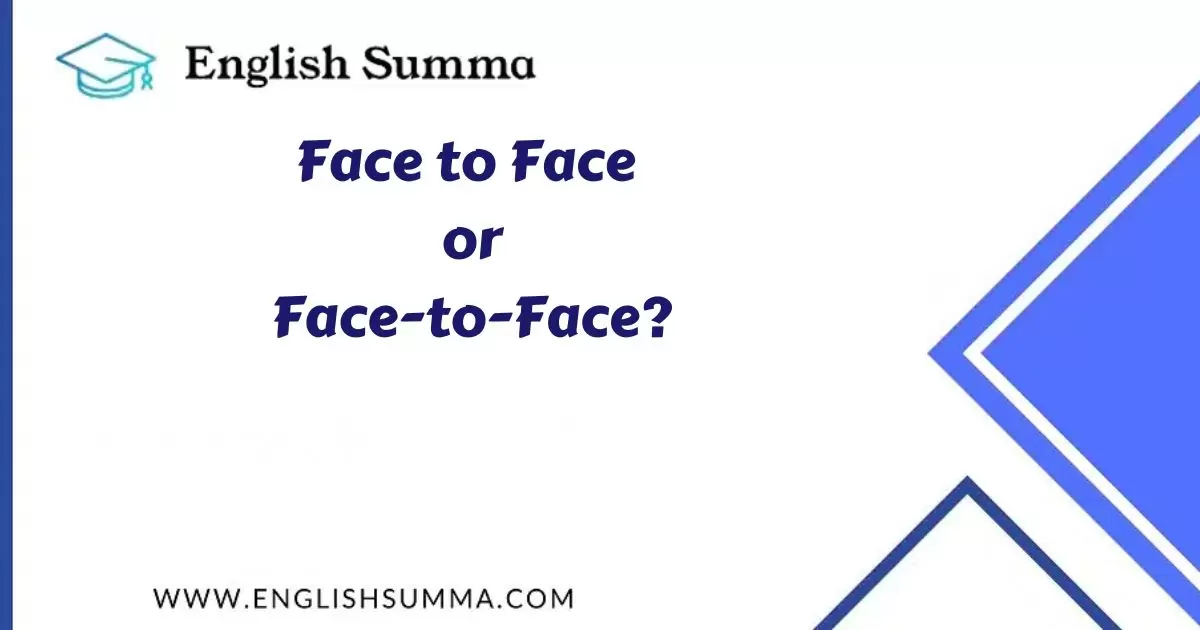In the realm of language, the subtle nuances between compound words can often perplex even the most seasoned wordsmiths. One such perplexity lies in the usage of “Face to Face” versus “Face-to-Face.” While seemingly interchangeable, a closer examination reveals distinct scenarios where one prevails over the other.
In this discourse, we embark on a journey to decipher the intricacies of these compound words through vivid examples and contextual analysis.
Understanding Compound Constructions
Before delving into the specifics of “Face to Face” and “Face-to-Face,” it’s imperative to grasp the essence of compound words. Compound words are formed by combining two or more separate words to create a new word with a unified meaning.
These combinations can be either written separately, hyphenated, or merged into a single word based on grammatical conventions and contextual requirements.
The Enigma of “Face to Face”
“Face to Face” is a compound term denoting direct interaction or confrontation between individuals. It emphasizes the physical proximity and direct engagement between two or more parties.
Examples of “Face to Face”:
- During the negotiation, the two CEOs met face to face to discuss the merger terms.
- In therapy sessions, clients often find solace in sharing their concerns face to face with the counselor.
- The politician promised to address the citizens’ grievances face to face at the town hall meeting.
- As childhood friends reunited after years apart, they reminisced face to face about their shared memories.
- The courtroom drama intensified as the prosecutor and defense attorney confronted each other face to face.
- Traditional classrooms provide students with valuable opportunities to engage face to face with teachers and peers.
- In the age of digital communication, many long-distance couples cherish their occasional face to face encounters.
- The therapeutic value of face to face communication cannot be overstated in resolving conflicts.
Deciphering “Face-to-Face”

“Face-to-Face,” on the other hand, is a compound adjective or adverb that describes interactions, meetings, or services conducted in person, without the intermediation of technology or distance.
Examples of “Face-to-Face”:
- The workshop offers participants a face-to-face learning experience, enhancing comprehension and retention.
- Face-to-face interviews often reveal nuances that cannot be captured through virtual communication channels.
- In healthcare, face-to-face consultations remain pivotal for accurate diagnosis and personalized treatment plans.
- The company prioritizes face-to-face interactions with clients to foster trust and rapport.
- Face-to-face sales presentations enable salespersons to gauge customers’ reactions in real-time.
- Academic conferences provide scholars with opportunities for face-to-face exchanges of ideas and collaborations.
- The effectiveness of team building exercises is amplified through face-to-face interactions.
- As remote work becomes commonplace, employees express longing for face-to-face camaraderie in the office.
Differentiating Usage Scenarios
While “Face to Face” and “Face-to-Face” may seem interchangeable at first glance, subtle distinctions emerge when considering the context and function of each term.
Contextual Considerations
Formal Settings:
In formal contexts, such as business meetings, academic conferences, or legal proceedings, “Face to Face” is often preferred to emphasize the gravity and directness of interpersonal encounters.
Informal Settings:
Conversely, in informal settings like casual conversations or social gatherings, “Face-to-Face” is more commonly employed, reflecting the relaxed nature of interpersonal interactions.
Functional Variations

Descriptive vs. Modifier:
“Face to Face” typically functions as a descriptive phrase, elucidating the nature of interpersonal engagement. Meanwhile, “Face-to-Face” serves as a modifier, qualifying the mode or nature of an activity conducted in person.
Connotation:
“Face to Face” may connote a sense of immediacy and intimacy, underscoring the personal connection forged through direct interaction. In contrast, “Face-to-Face” tends to emphasize the logistical aspect of in-person encounters, irrespective of emotional resonance.
Conclusion:
In the labyrinth of language, the distinction between “Face to Face” and “Face-to-Face” emerges as a subtle yet significant navigational marker. While both terms encapsulate the essence of interpersonal interaction, their usage nuances reveal distinct shades of meaning and contextual appropriateness.
Understanding when to employ “Face to Face” versus “Face-to-Face” hinges on a nuanced grasp of contextual dynamics, functional nuances, and connotative subtleties.
Whether navigating formal engagements, facilitating informal dialogues, or orchestrating professional encounters, conscientious attention to linguistic detail ensures effective communication and nuanced expression.
In essence, the compound conundrum of “Face to Face” or “Face-to-Face” invites language enthusiasts to embark on a voyage of discovery, unraveling the intricacies of compound constructions one word at a time.
Through meticulous observation, contextual discernment, and linguistic dexterity, the labyrinth of language yields its treasures, enriching our communication and comprehension in the ever-evolving tapestry of human interaction.
Related Post:

